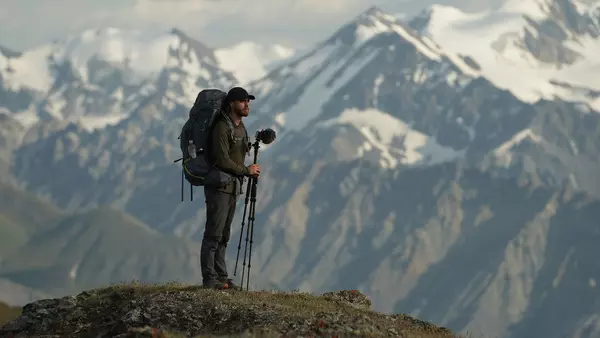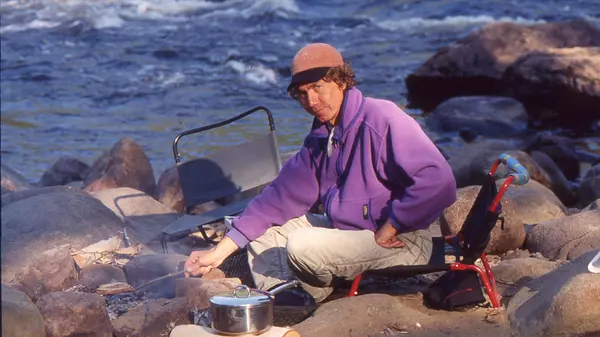
The cold season brings its own set of clothing complexities for outdoor activities. Cold temperatures, wind and humidity can be a headache for everyone when it's time to play outside.
However, there are ways to deal with this challenge by using the onion technique. I'm not suggesting a recipe, but rather pointing you to a time-tested dressing technique.
This well known technique requires covering the body with several layers of clothing in order to insulate it. All of this is done in order to be able to evacuate perspiration according to the activity and the climate of the moment.
We are talking about several layers of clothing, but not just any old way. There is a logic to all this.

1. The base layer
The first step is to put on the base layer. This is made up of technical underwear made of synthetic and natural materials such as polyester and merino wool.
This is the layer that must fit the body well in order to eliminate, by capillary action, the perspiration generated by physical activity. What you should avoid is cotton. It absorbs moisture that can cause chilling and lead to hypothermia.

2. The insulation layer
This is the insulation layer. It is the one that will keep you warm while continuing the work of evacuating moisture. It is also this layer that allows a good range of motion. The qualities sought are lightness, a good fit without being too tight at the ends, and intelligent insulation to protect you from the cold, while allowing you to ventilate as needed. Once again, synthetic materials are the way to go.

3. The outer layer
This is the shell, your protective shield against the aggressions of Mother Nature. It will protect you from wind and precipitation of all kinds. It is a very technical layer. It should ideally be equipped with an adjustable hood, sealed zippers, underarm vents, a snow skirt, adjustable cuffs and made of a sturdy waterproof-breathable fabric. Why not with a "Recco" system?
It's also the layer that allows a lot of thermal adjustment by opening one or more zippers...or even removing it.
That's the fun of this technique...playing with layers to regulate our internal temperature. Remove, add or adjust...pretty simple isn't it?

4. Don't forget the headgear
Cover your head. Indeed, this point is very important. The thermal loss during the summer season is evaluated at +/- 10% by the latter. While during the cold season, accentuated by the insulation of the body, will be increased to 25/30%. So, let's protect the coconut! The same goes for the extremities.
Apply this multi-layer technique and you will be able to enjoy your winter outings to the maximum. They will only be better!
To learn more about our multi-layer products, consult them here.
Blog
See all the articlesSign up to get 10% off your first order.
A confirmation email containing your promotional code will be sent to you. If you cannot find it in your inbox, please check your spam folder.
By subscribing, you accept that we will send you emails concerning promotions, events, products and other exclusive advantages that are only available to our subscribers.






